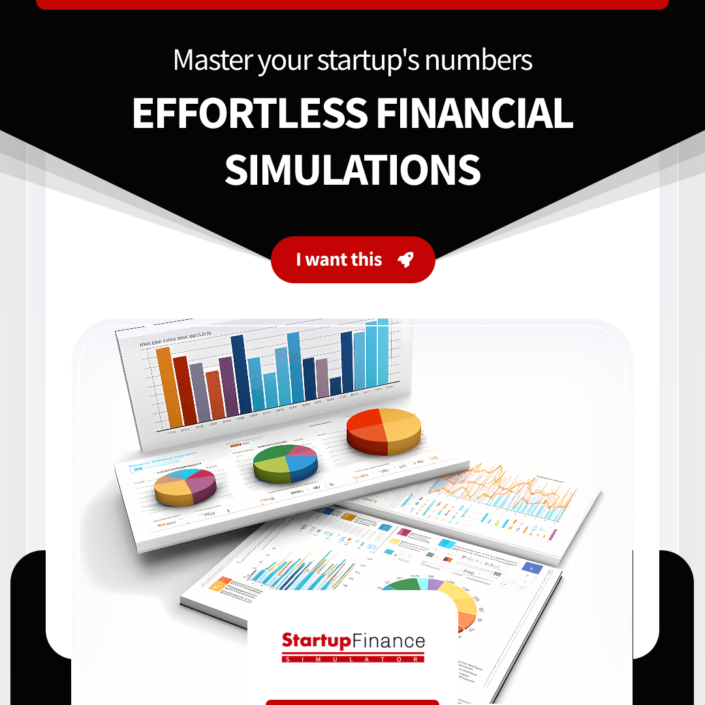What to Include in Your Pitch Deck for Investors?
For first-time startup founders, creating a pitch deck can feel like a daunting task. This document is your golden ticket to securing funding, so it’s crucial to get it right. But what exactly should you include? Let’s break it down.
1. Introduction:
Start with a brief slide introducing yourself and your team. Highlight any significant achievements or experiences that make you the right person to lead this venture. Remember, investors don’t just invest in ideas; they invest in people.
2. Problem Statement:
Clearly articulate the problem you’re aiming to solve. This should be a pain point that’s evident and relatable. Use data or real-life anecdotes to emphasize the magnitude of the issue.
3. Solution:
Now, present your product or service as the solution to the previously stated problem. Describe how it addresses the issue and why it’s superior to other existing solutions.
4. Team:
Highlight key team members and their qualifications. Include brief bios that emphasize past achievements, relevant experience, and any other factors that make them well-suited to contribute to your startup’s success.
5. Product Demo:
If possible, include screenshots, a brief demo, or a video to showcase your product in action. This helps investors visualize your product and understand its functionality.
6. Market Opportunity:
Define your target market and its size. Use credible sources to back up your claims about the market’s potential. Highlight any trends that suggest the market is growing or changing in a way that benefits your startup.

7. Business Model:
How will you make money? Outline your revenue streams, whether it’s through sales, subscriptions, advertising, or other means. Also, discuss your pricing strategy.
8. Marketing & Sales Strategy:
Detail how you plan to acquire customers. This could include online advertising, content marketing, partnerships, sales teams, or other methods. Be specific about the channels you’ll use and why.
9. Traction:
If you’ve already launched, provide data on your progress. This could be user numbers, revenue, partnerships, or other indicators that suggest your startup is gaining momentum.
10. Financial Projections:
Provide a snapshot of your financial projections for the next three to five years. Include projections for revenue, expenses, profits, and any other relevant metrics. Ensure your assumptions are realistic and justifiable.

11. Competition:
Identify your main competitors and explain how your solution is different or better. Use a matrix or another visual tool to compare features, pricing, market share, or other relevant metrics.
12. Ask:
Clearly state what you’re asking from investors. This could be a specific amount of funding, partnerships, advice, or other resources. Be clear about how you’ll use the funds, whether it’s for product development, marketing, hiring, or other purposes.
Tips for a Compelling Pitch Deck:
– Keep it Concise:
While it’s tempting to include every detail, aim for clarity and brevity. Each slide should convey one main point.
– Design Matters:
A well-designed pitch deck can make a significant difference. Use consistent fonts, colors, and visuals. If design isn’t your strength, consider hiring a professional or using pitch deck templates available online.
– Practice Your Delivery:
Your pitch deck is just a tool. The way you present it is equally crucial. Practice your pitch multiple times to ensure you can deliver it confidently and address potential questions.
In conclusion, your pitch deck is a reflection of your startup. It’s your chance to show investors why your venture is worth their time and money. By ensuring you cover the essential points outlined above and presenting them in a clear and compelling manner, you’ll be well on your way to making a lasting impression and securing the resources you need to grow.




















